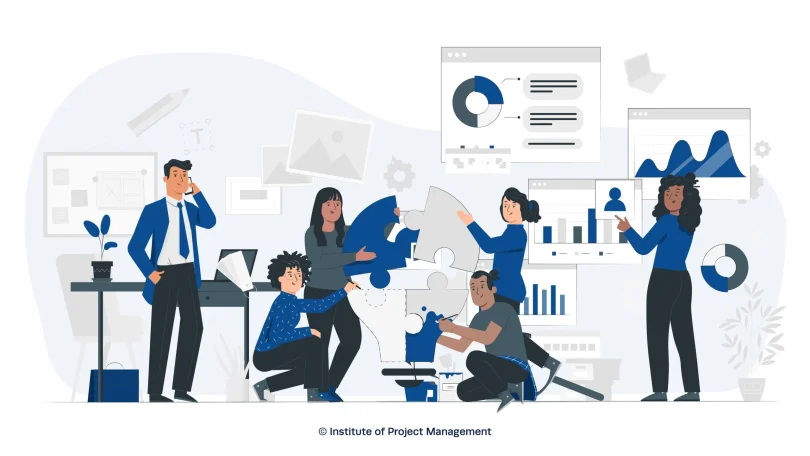Strong stakeholder engagement is critical to project success, yet it is often one of the most overlooked aspects of project management. Without clear communication and involvement from key stakeholders, projects can lose direction, experience delays or fail to deliver expected value.
Project portfolio management (PPM) software plays a key role in addressing this challenge. By improving visibility, transparency and collaboration, it helps businesses keep stakeholders informed, involved and aligned throughout the lifecycle of a project.
One of the main challenges in stakeholder engagement is communication. Executives, team members and external partners all have different needs when it comes to information. Traditional reports are often too static, technical or delayed to meet these varied needs. Modern project portfolio management software solves this by offering real-time dashboards, tailored views and interactive updates that are easy to access and understand.
These tools ensure that everyone, from C-level executives to project contributors, can view the latest data in a format that suits them. Executives might want a high-level summary of key metrics, while team leads may need detailed timelines and task breakdowns. PPM platforms allow each stakeholder to get the insight they need without the delays or confusion caused by fragmented reporting.
Another advantage is alignment. Stakeholders often come from different departments with their own objectives and concerns. PPM software creates a shared source of truth that helps align these varied perspectives around a common set of goals. When everyone can see how a project supports strategic priorities, it becomes easier to build consensus and gain buy-in.
Stakeholder trust also improves when transparency increases. PPM platforms offer full visibility into progress, resource use and risks. Instead of receiving filtered or delayed updates, stakeholders have access to live data. This openness helps manage expectations and fosters confidence in the project’s leadership and direction.
Engaged stakeholders are also more likely to provide timely input, resolve issues quickly and support project needs when priorities shift. Because PPM tools enable faster feedback loops, organisations can respond more effectively to challenges and take advantage of opportunities as they emerge.
In fast-moving business environments, where priorities can change quickly, stakeholder engagement must be ongoing. It is not enough to provide updates at monthly meetings or quarterly reviews. PPM software supports continuous communication, making engagement a part of the daily workflow rather than an afterthought.
Ultimately, when stakeholders feel informed and involved, projects run more smoothly, decisions are better supported and outcomes are more closely aligned with business goals. Project portfolio management software gives organisations the tools to make that level of engagement not only possible but sustainable.







